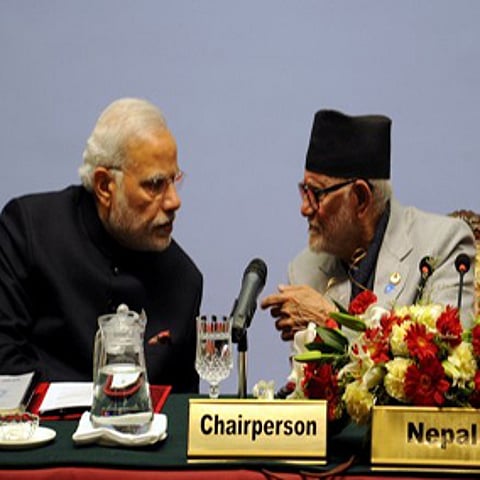Not-so-free trade
With an intra-regional trade of only 5 percent, Southasia remains one of the least economically integrated regions. The reason for this is simple: despite the formalisation of treaties like the agreement on South Asian Free Trade Area (SAFTA), Southasia is not really an economic union. Even with SAFTA, free trade of goods is severely restricted as the region's largest economy, India, still retains a significant number of items – over 600 – on its 'sensitive list' for which tariff reductions do not apply.
At present, when governments in the region are actively pursuing investments from around the world, a greater push for SAFTA is not surprising. While the leaders of the region did note how a better integrated Southasia would require greater movement of capital and people across borders, they said more about removing trade barriers than, say, relaxing visa regimes.

